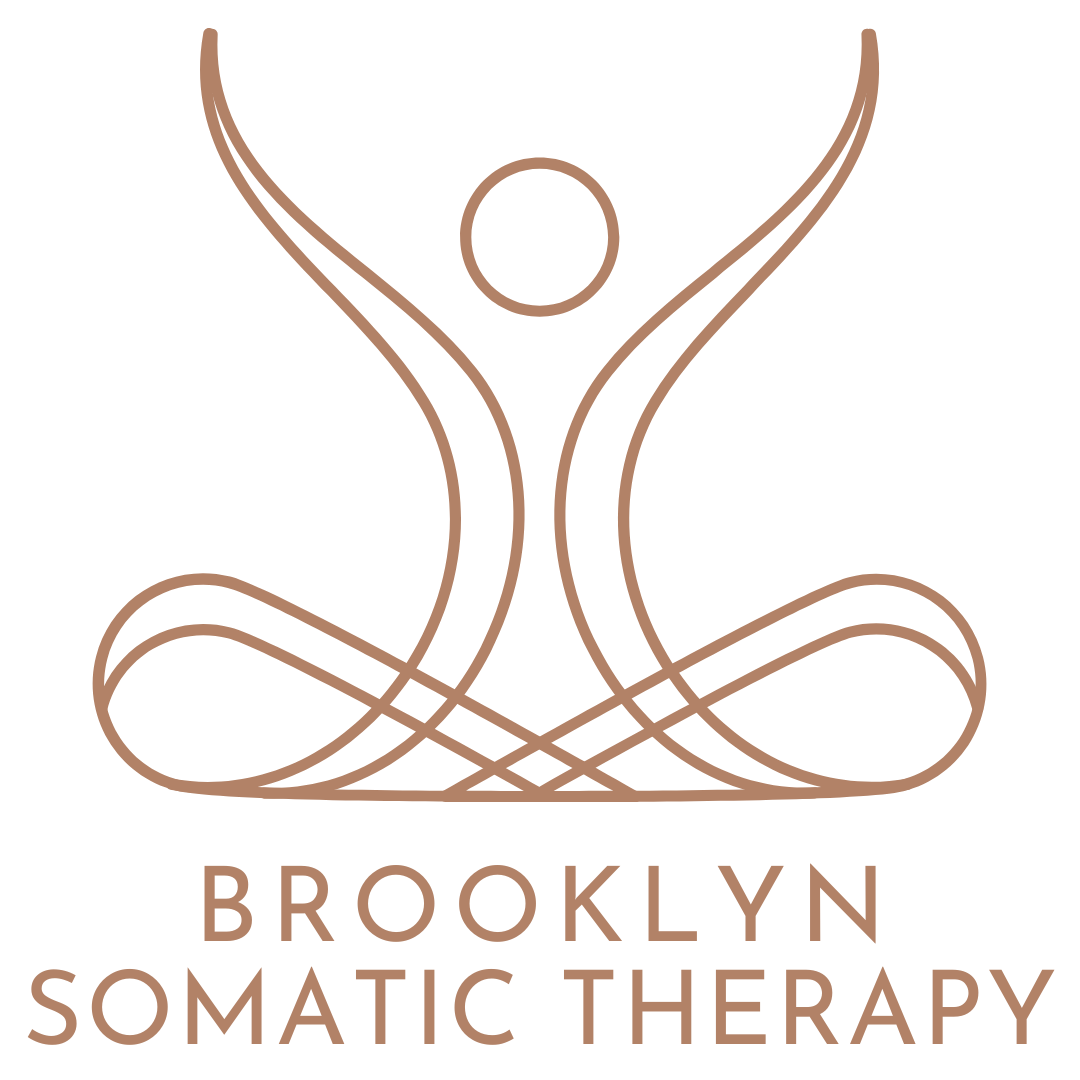Why Feeling Our Pain is Essential for Healing
From an early age, many of us receive subtle (and sometimes not-so-subtle) messages that certain feelings are unacceptable. Think back to childhood moments of intense emotion – perhaps a tantrum or an outburst of tears. How were these moments met? Even with the most well-intentioned caregivers, many of us internalized the message that big feelings are somehow wrong or bad.
Understanding Our Relationship with Pain
When we become afraid of our emotional pain, something interesting happens:
When we are young the feelings we are taught to avoid often become stuck in our bodies because we can’t metabolize and release them
As a result we develop beliefs about ourselves and why we feel this way. For example, if your parents were frustrated when you had a tantrum as a kid, you might internalize that “I feel this way because I am bad, my anger is bad”
When we are children, we are so afraid of being alone and not getting the support we need, so we develop protective strategies to help block these feelings
A result of all of this dulling and blocking means that our bodies are in a constant state of vigilance and bracing, which also dulls us to our sense of aliveness
This creates a cycle where the very strategies we use to protect ourselves end up limiting our capacity for joy, connection, and authentic living.
The Hidden Cost of Avoidance
When we're scared of our pain, we often develop what we call "negative beliefs" about the sensations themselves. These beliefs might sound like:
"If I let myself feel this, it will never end"
"These feelings mean something is wrong with me"
"I'm not strong enough to handle these emotions"
“My feelings are too much… I am too much”
The irony is that trying to avoid these feelings often leads to their persistence, creating a cycle of avoidance and intensification.
A New Approach to Pain
Decades of psychological research and advances in somatic psychology have revealed a profound insight: pain itself isn't the problem – it's our relationship with it that causes suffering. This understanding, central to theories of somatic experiencing and body-based therapeutic approaches, is backed by neuroscience research on how our nervous system processes emotional experiences.
When we learn to approach our pain with curiosity rather than fear, something remarkable happens:
We begin to recognize pain as information rather than threat
The intensity often naturally decreases when we stop fighting it
We discover our own innate capacity for resilience
We create space for new understanding and healing
The Role of Safety in Healing
One crucial aspect of this work is understanding that we don't have to face our pain alone. In fact, having support and feeling safe is essential for this process. This is why we emphasize:
Building internal resources before diving into challenging emotions
Creating a strong therapeutic alliance
Developing tools for self-regulation and grounding
Recognizing and honoring our own timing in the healing process
Path to healing
If you've spent years trying to avoid certain feelings or experiences, know that this is a completely normal response to pain. However, if you're finding that this strategy isn't serving you anymore, there is another way.
Our approach offers a safe, supported way to begin listening to what your pain might be trying to tell you. Through this process, you can discover that these feelings aren't as overwhelming as they seem – they're simply energies moving through your body, pointing the way toward healing and growth.
Remember: The goal isn't to eliminate pain, but to build a new relationship with it – one that allows for greater freedom, authenticity, and ultimately, a fuller experience of life.
